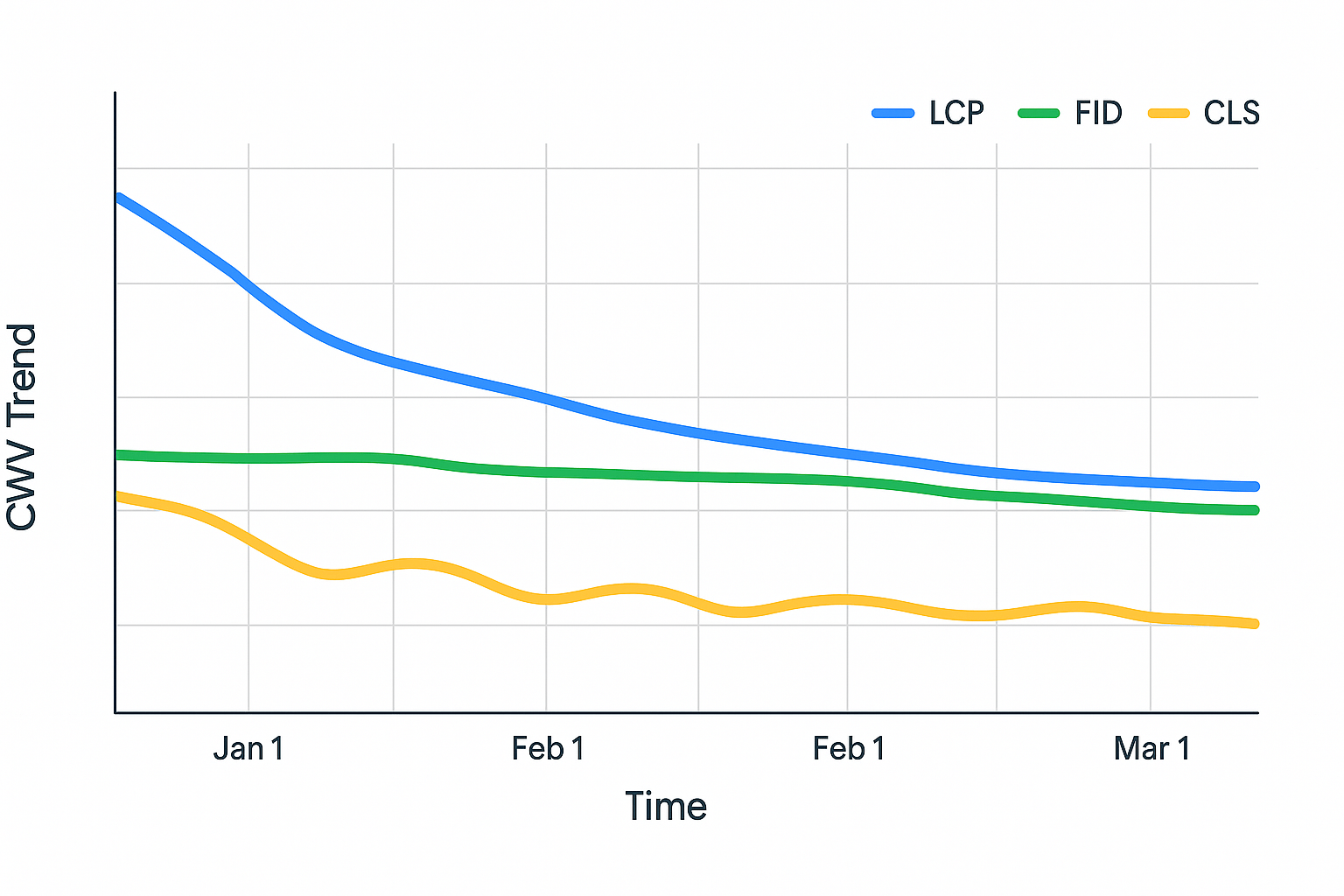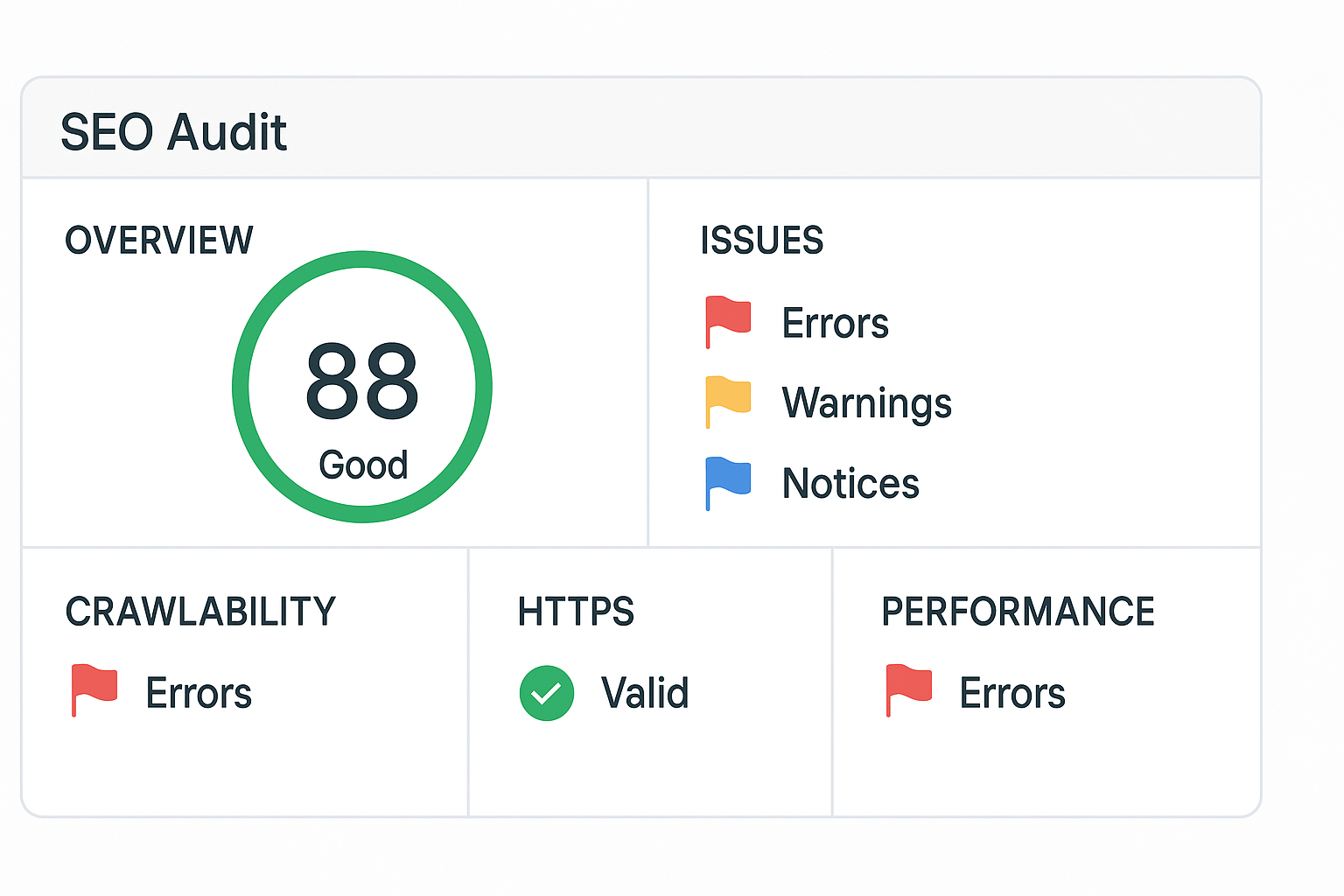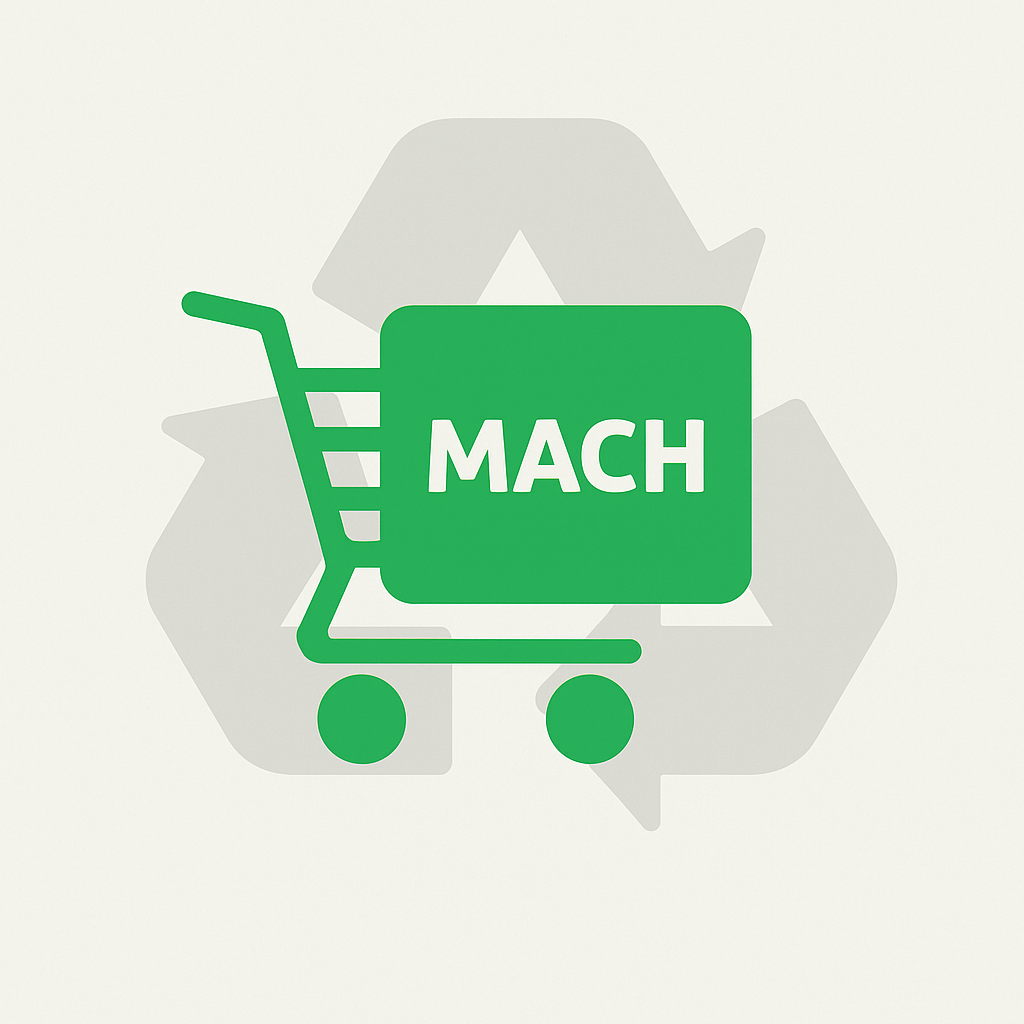How to Optimize Technical SEO in Your Shopify Store

From crawlability to speed – URich shares the technical SEO checklist every Shopify store needs to scale search visibility and performance.
For D2C brands built on Shopify, nailing technical SEO is what separates a beautiful site from one that drives real organic growth. Google’s algorithms reward not just great content, but efficient architecture, fast load times, and index-ready code. This guide breaks down the essentials of technical SEO for Shopify — what it is, why it matters, and how to get it right.
Why Technical SEO Matters for Shopify Stores
Shopify provides a strong SEO foundation, but out of the box, it doesn’t cover everything. Without custom tuning, your store may suffer from crawl inefficiencies, slow performance, or indexation issues.
A solid Shopify SEO optimization strategy ensures:
- Faster site speeds and Core Web Vitals compliance
- Accurate indexation of key pages
- Protection against duplicate content
- Rich results via structured data
- Global readiness with hreflang
Shopify Technical SEO Checklist
URich has audited and optimized dozens of high-traffic Shopify stores. Here’s our proven Shopify technical SEO checklist:
1. Core Web Vitals & Speed Optimization
- Optimize images with AVIF/WebP formats and compression
- Lazy-load below-the-fold assets
- Remove unused scripts/apps
- Use Shopify’s native fast CDN
- Minimize JavaScript and third-party requests
Tool tip: Use PageSpeed Insights and GTmetrix to track improvements.

2. Clean and Configurable robots.txt
- Shopify allows custom robots.txt since 2021
- Block irrelevant URLs like /cart, /search, /checkout
- Allow access to content-rich pages for crawling
3. XML Sitemap Control
- Shopify auto-generates a sitemap at /sitemap.xml
- Use Google Search Console to submit and validate it
- Remove URLs you don’t want indexed (tag pages, internal search)
4. Canonical Tags
- Ensure canonical tags point to main product/collection versions
- Avoid self-referencing canonicals on filtered/tagged pages
- Custom apps may override canonicals — always double-check
5. Shopify Structured Data for Rich Results
- Add JSON-LD schema for:
- Products (price, availability, ratings)
- Breadcrumbs
- Organization and contact info
- Avoid duplicate or conflicting schema from apps
Example: Implementing structured data increased impressions by 24% for a furniture D2C store in just 2 weeks.

6. Hreflang for International SEO
- Use apps like Langify or Shopify Markets to generate hreflang
- Validate with Google’s Hreflang Testing Tool
- Match language and regional URLs accurately
7. Indexation and Crawl Management
- Audit via Google Search Console: Index Coverage + URL Inspection
- Use “noindex” for tag, filter, or pagination pages
- Avoid thin content or placeholder pages getting indexed
Advanced Technical SEO Tactics
Optimize Internal Linking Structure
- Use keyword-rich anchor text for cross-links
- Link from blog content to product pages where relevant
Use App Scripts Wisely
- Remove or defer scripts from unused apps
- Group analytics (GA4, Hotjar, Klaviyo) efficiently in GTM
Monitor SEO Health Regularly
- Monthly crawl reports via Screaming Frog or Sitebulb
- Track CWV trends and CLS shifts over time

Let URich Handle Your Shopify SEO Optimization
Our team helps D2C brands maximize visibility with full-stack technical SEO for Shopify. Whether it’s fixing your Core Web Vitals or auditing schema setup, we bring development and marketing together.
- Shopify speed audits and CWV remediation
- Structured data implementation and validation
- Custom robots.txt, sitemap, hreflang setup
- Technical A/B testing for SEO impact
Want your store to rank and convert better? Book a free strategy call or message our team today.
FAQ
Q: Can I control technical SEO in Shopify without a developer? A: Some optimizations (like structured data or canonical tags) require theme edits, but many settings are now accessible via apps or Shopify admin.
Q: What is the most common technical SEO issue on Shopify? A: Duplicate content and weak page speed are most common. Both affect crawl budget and rankings.
Q: How do I test my Shopify store for technical SEO health? A: Use tools like Google Search Console, Screaming Frog, and PageSpeed Insights to regularly audit and catch issues early.






